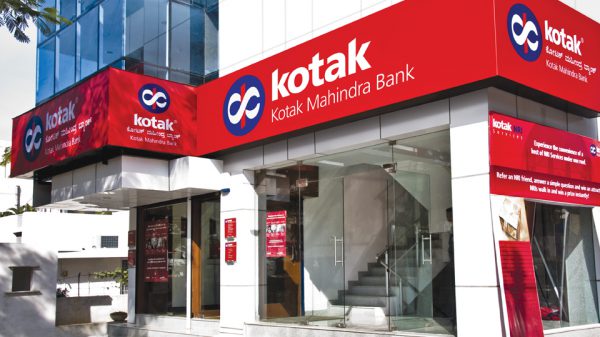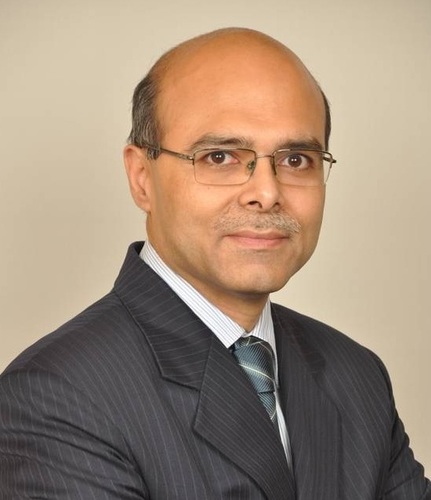By Parag Kar
Introduction
The 1800 MHz band was first assigned for commercial usage in year 2001 bundled with the 4th Cellular license – before that the band was exclusively used by defence for its internal communication. DoT had no other alternative, but to open up this band, as the earlier assigned 900 MHz band got fully consumed by the three Cellular licenses (issued by DoT before 2001). With time, DoT coordinated more spectrum in this band with defence to enable entry of additional cellular operators, and also to empower the existing operators to support more GSM subscribers (existing operators got spectrum incrementally based on subscriber based criteria). In 2008, DoT assigned a large chunk of spectrum in this band to allow entry of a fresh batch of GSM operators, and most of these assignment was later cancelled by SC (in year 2012) sighting procedural irregularities. Through the same order, SC prevented any further administrative assignments of spectrum in this band, and directed that all remaining spectrum be put to auctions. The first auction of this band took place in 2012, and later we had two more rounds of auctions in 2014 & 2015.
Highly Fragmented
All commercial assignments in the 1800 MHz band had to be coordinated with defence, as they are the primary user. This led to a very complex situation – the fragmentation of the commercial assignments were not just limited to frequency domain, but also extended to geographical domain as well. Just like other countries, India is divided into telecom circles (22 circles in total), and all commercial spectrum assignments for an operator are same throughout the circle. Since 1800 MHz assignments had to be coordinated with defence, seeking same assignment throughout the circle became an issue. Hence, in order to support the operator’s ever increasing need for spectrum, DoT coordinated assignments on a city basis, which was relatively easy to do than coordinating the full circle. This resulted in 800 different assignments in this band on a Pan India basis, which otherwise normally would have been limited to a maximum of 22 only (the total number of telecom circles). Since the focus of usage was limited to GSM technology, no real effort was made to make the assigned frequency blocks contiguous, as GSM technology (unlike 3G & LTE) worked quite well with fragmented spectrum. As a result, 1800 MHz band became the most fragmented band of all, and as of date 67% of the assignments are fragmented, which means only 1/3rd of it is suitable for 4G.
DoT – Defence Pact
After 900 MHz band, 1800 MHz band is the core band for GSM, and with growing GSM subscriber, the demand for it increased with time. Theoretically, the band has capability to support 2×75 MHz of spectrum. Negotiation with Defence resulted in a deal, with Defence agreeing to release 2×55 MHz (1710-1765/1805-1860) of it for commercial usage, while keeping the rest 2×20 MHz (1765-1785/1860-1880) for its own use. The deal was inked in year 2011 in a high level meeting between the officials on both sides.
Need for Harmonization
Since both commercial and defence usages were scattered throughout the full 2×75 MHz of this band, in order to execute the DoT – Defence deal, commercial and defence assignments had to be reorganized in their respective portions. This would have enabled a clear 2×55 MHz block free of defence usage for commercial operations. Also, after defence having moved out, the DoT can reorganize the existing commercial assignments of the operators, thereby making them contiguous, and suitable for LTE technology (LTE needs at least 2×5 MHz contiguous frequency blocks), and convert the existing partial assignments to full (20% of the total spectrum assigned in this band is partial, i.e not available throughout the circle). The good news is that both sides are willing to execute this process, but more than three years have elapsed, and the process of harmonization is yet to start.
Harmonization of the 1800 MHz band will bring significant advantages to all stakeholders. Operator’s spectrum will be become contiguous, suitable for LTE deployment, and DoT will be able to find additional contiguous spectrum in every circle for the next auctions (See picture above), which will end up bringing precious revenue to the government. Also, there is an opportunity of making all expiring spectrum in future contiguous, so as to extract maximum value for both the DOT and the operators.
Complexity of Harmonization Process
Multiple adhoc assignments to stakeholders has made the overall situation in this band very complex and difficult to visualize and manage. This has made the process of harmonization difficult to execute, as it requires coordination between all operators and defence. The challenge is not just about fragmented assignments of spectrum, but also of managing auctioned and administrative assignments too, as both have different technology deployments capabilities. Spectrum assigned through auction is technology neutral, but the administrative assignments can be used only for GSM. Hence, automated software tools will be required to deal with this complexity which will help manage the harmonization process. We have developed software tools which will make the process very easy to visualize and manage.
Conclusion
1800 MHz band is the core band for LTE, as the band is widely used by many countries throughout the globe. This makes this band ideal for supporting affordable devices on account of large economies of scale and amortization of device costs over larger volumes. Harmonization of this band will enable efficient usage of this band for 4G, and thus unlocking its full potential. This will also help government drive the objective of “Digital India” (it is widely acknowledged that mobile phone will be the fundamental vehicle for driving data connectivity to the Indian consumers).
(Views expressed are of my own and do not necessarily reflect that of my employer.)
***
About the author: Parag Kar is the VP of government affairs of India and South Asia at Qualcomm. An alumnus of IIT Delhi, Kar has over 20 years of experience in telecom. Before joining Qualcomm, Kar worked at Lucent Technologies as the head of business development of wired and wireless broadband convergence technologies.
(c) Parag Kar | Crossposted with permission from author, read the original post here.






























